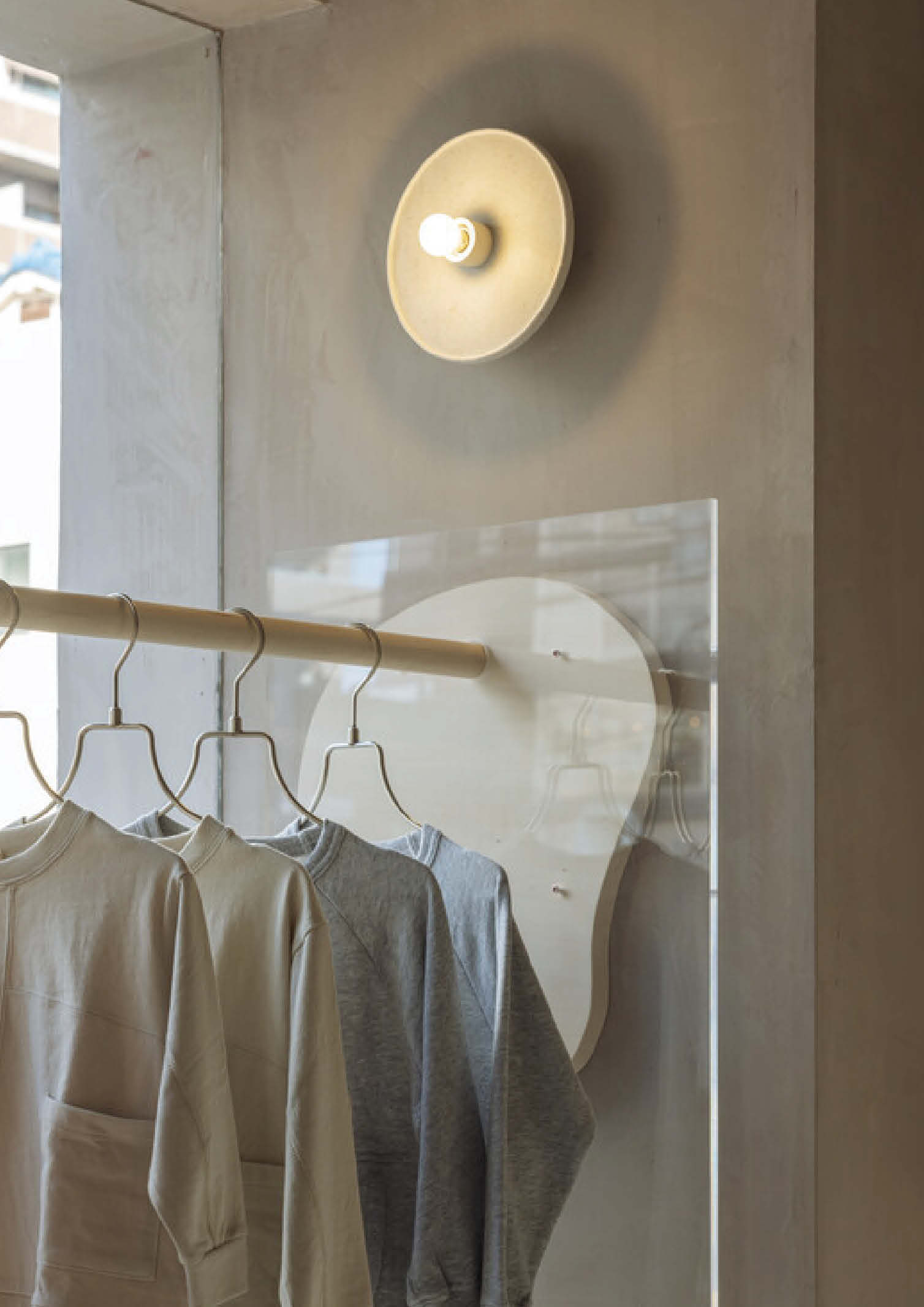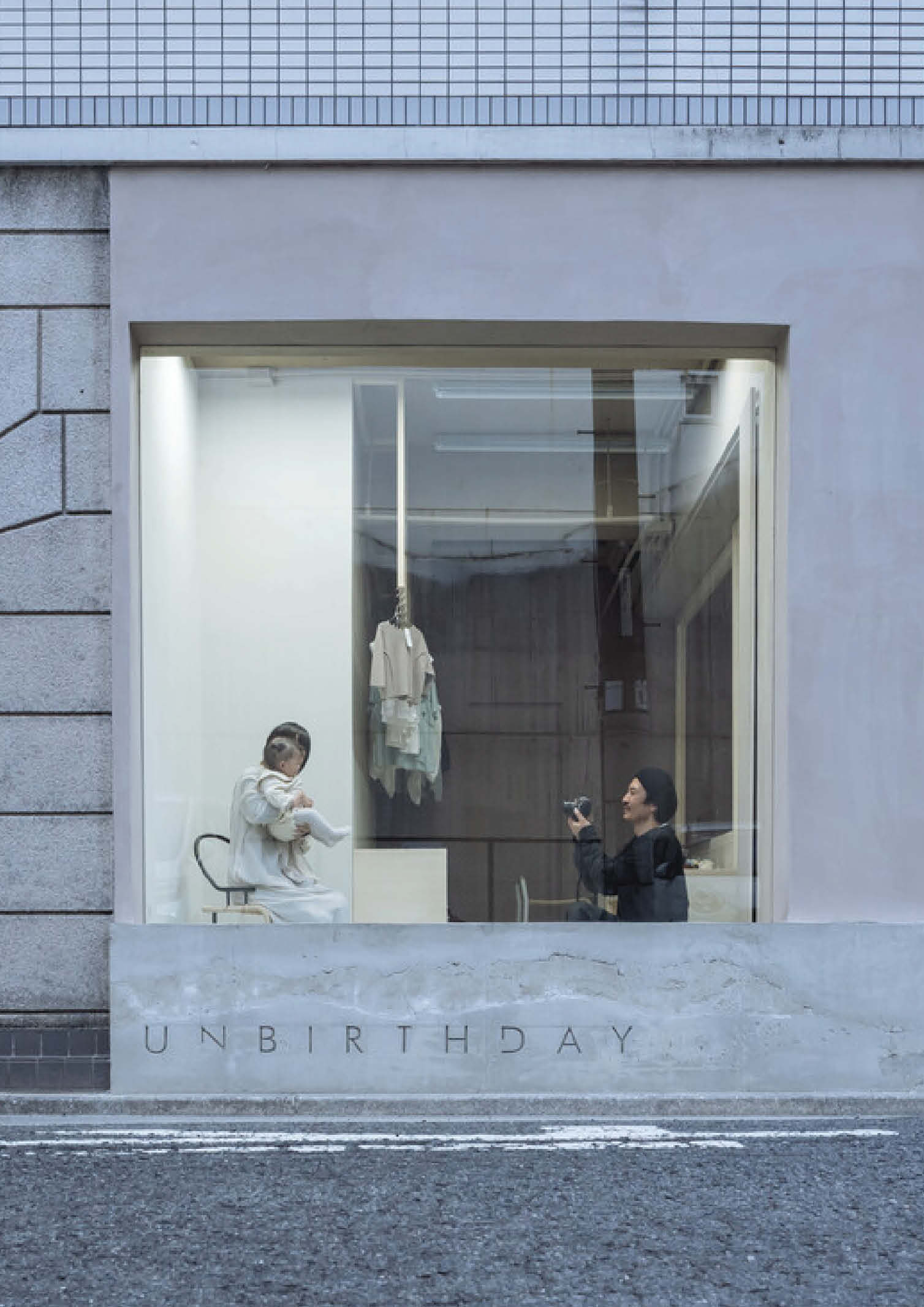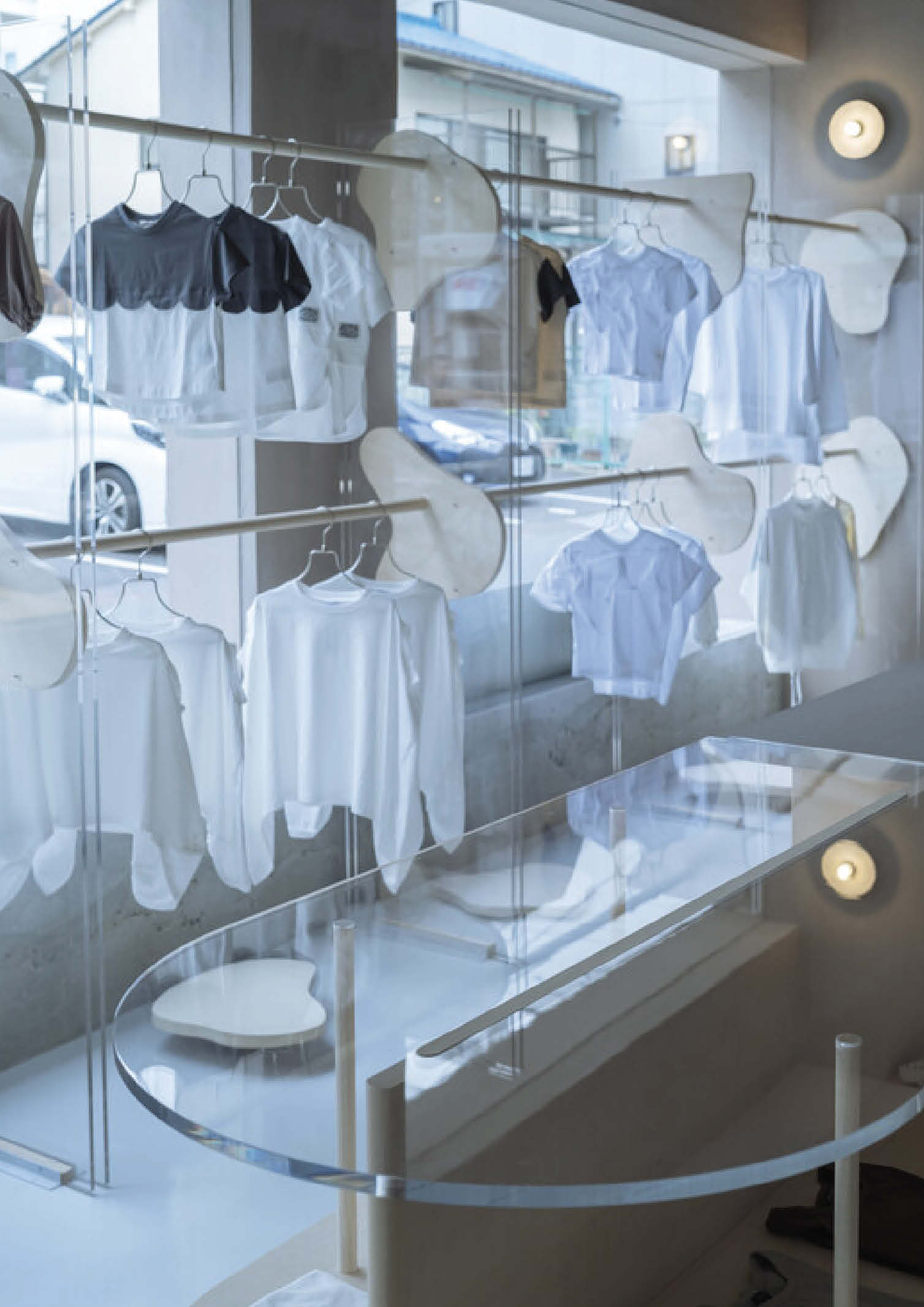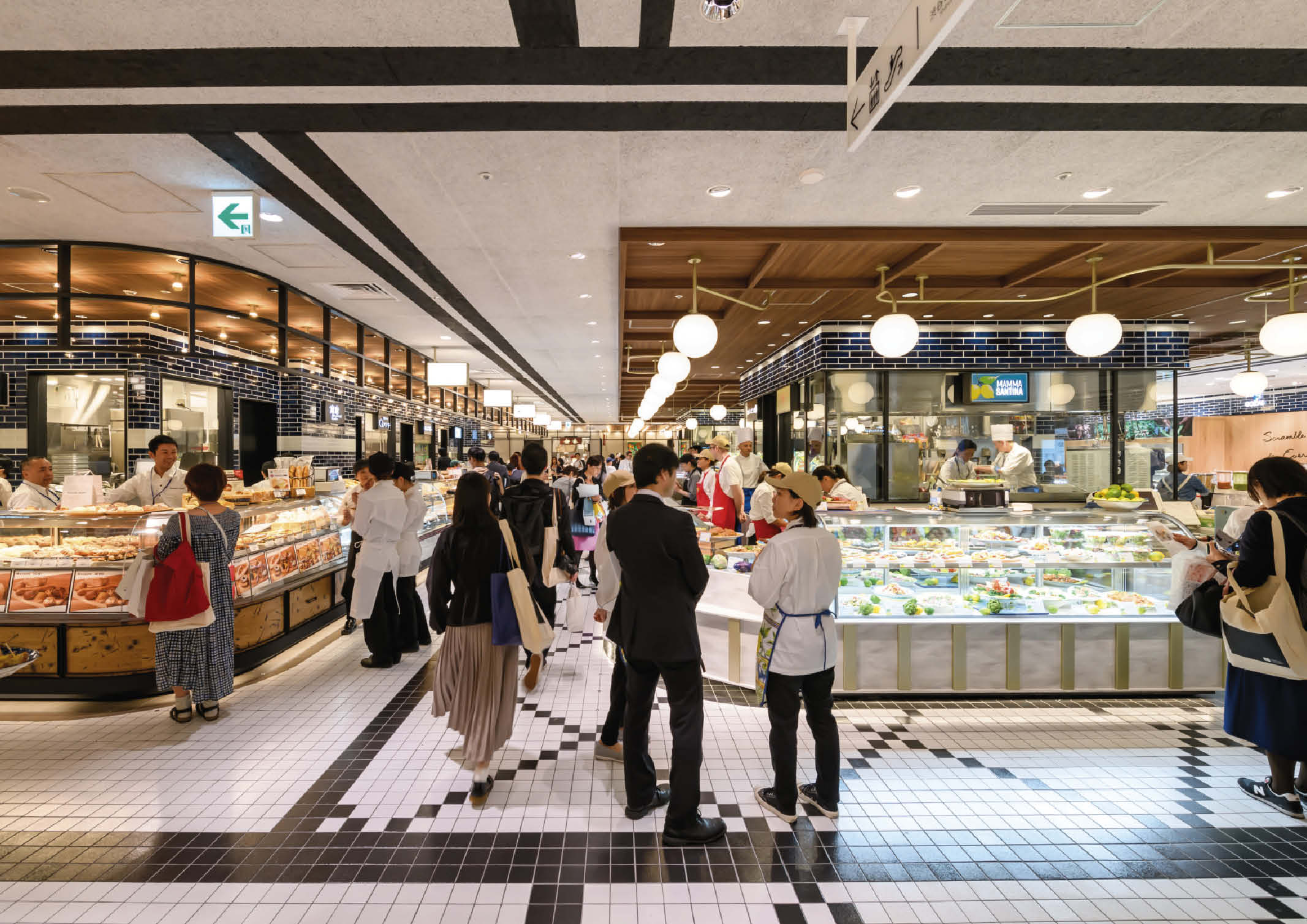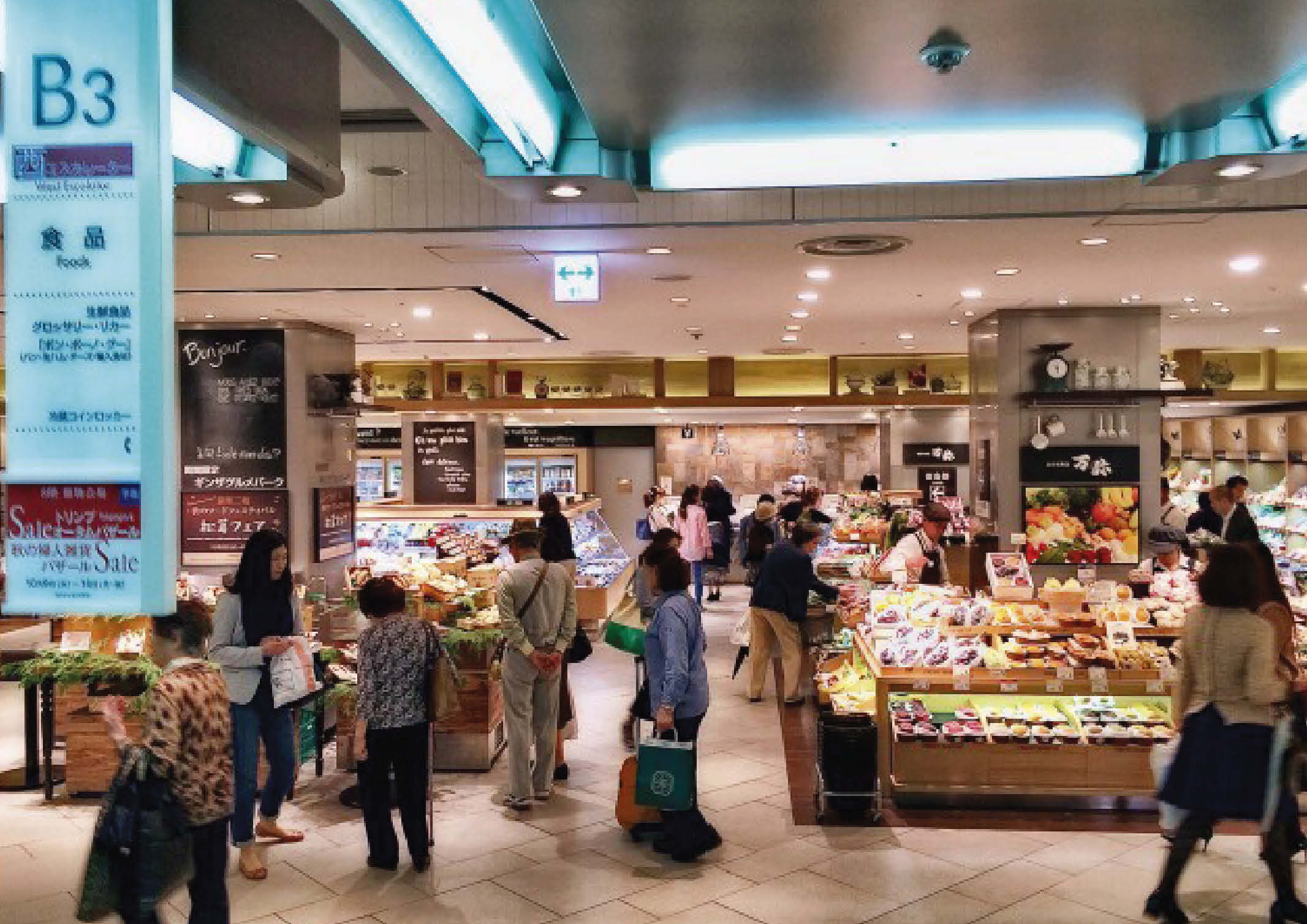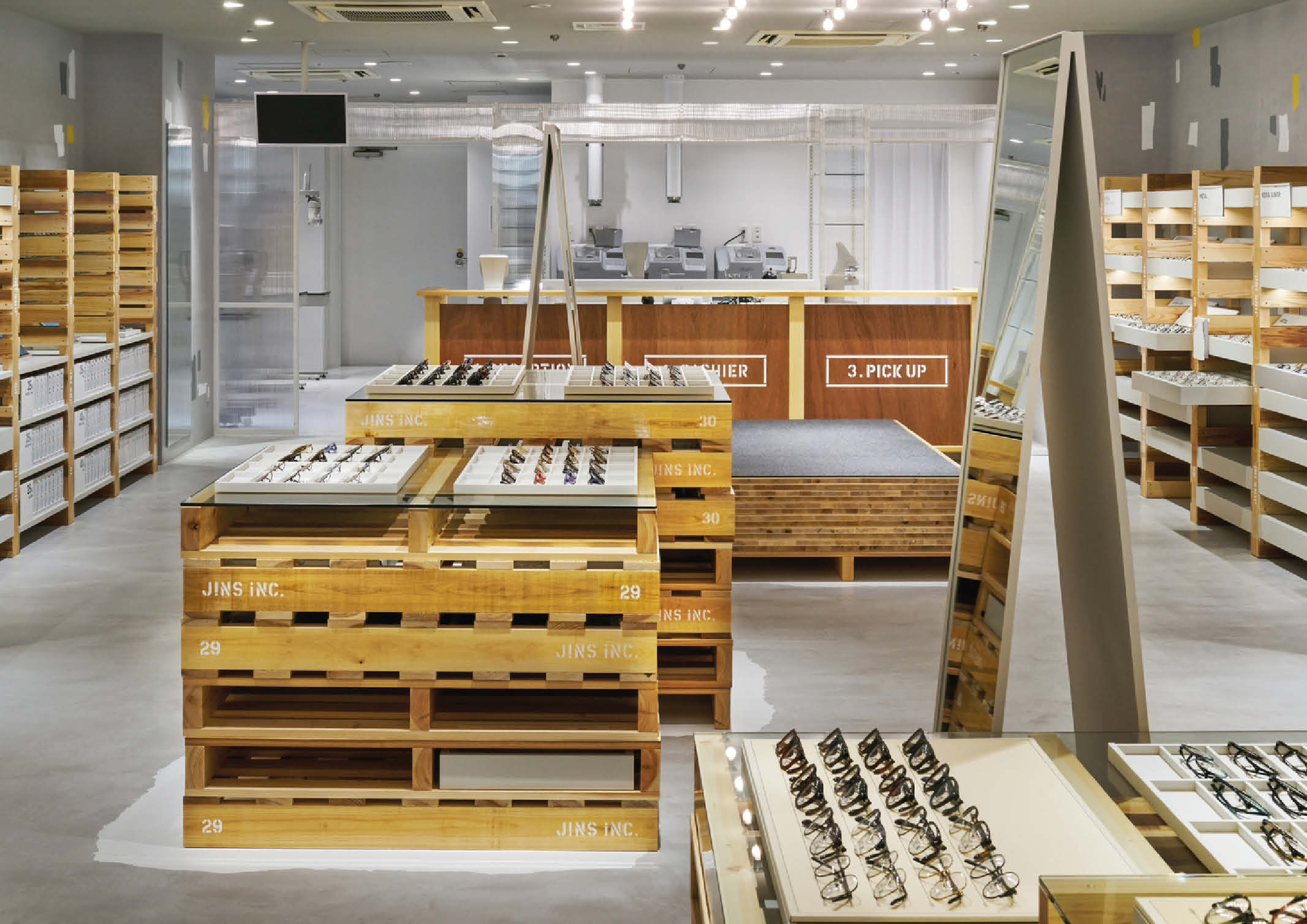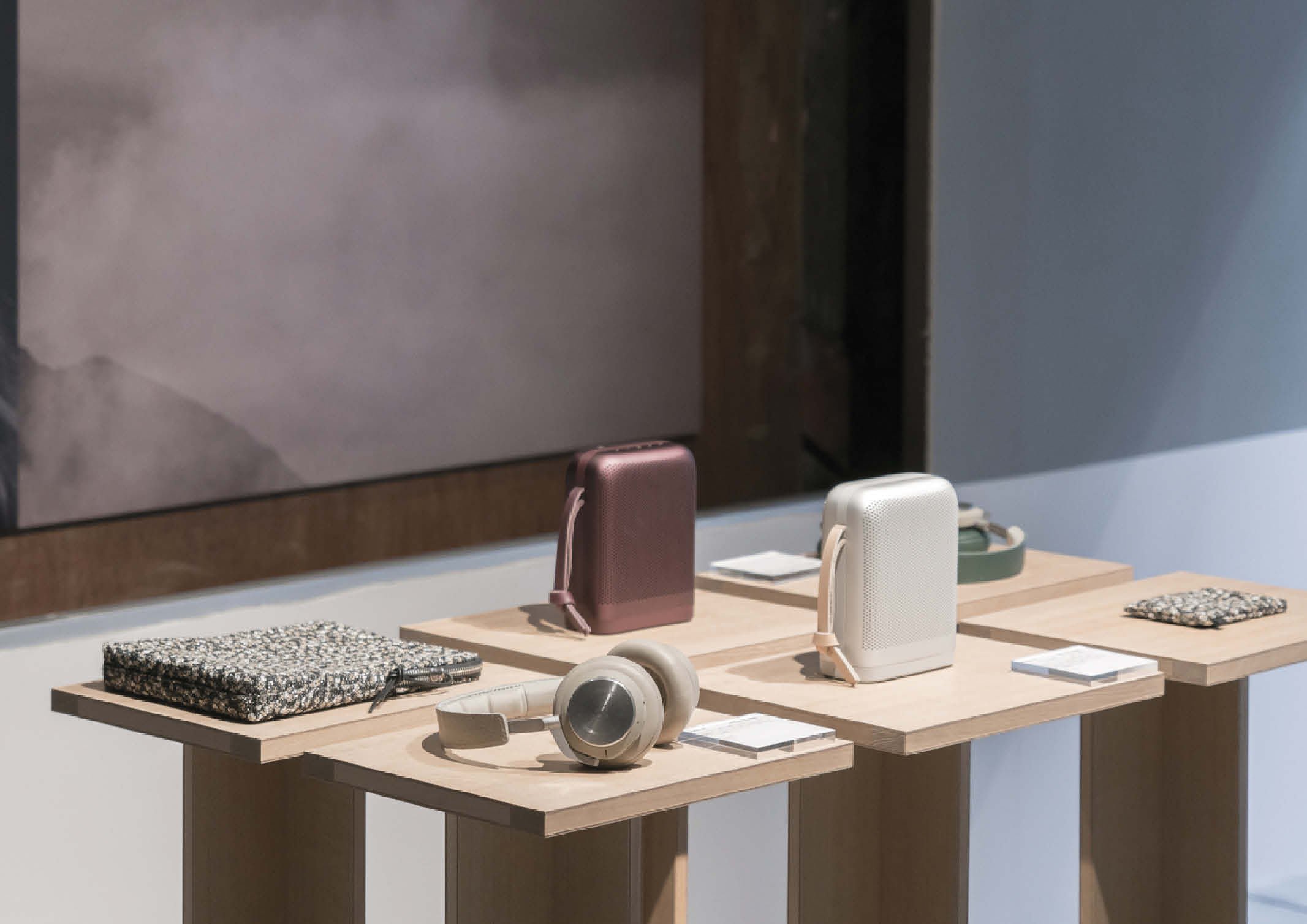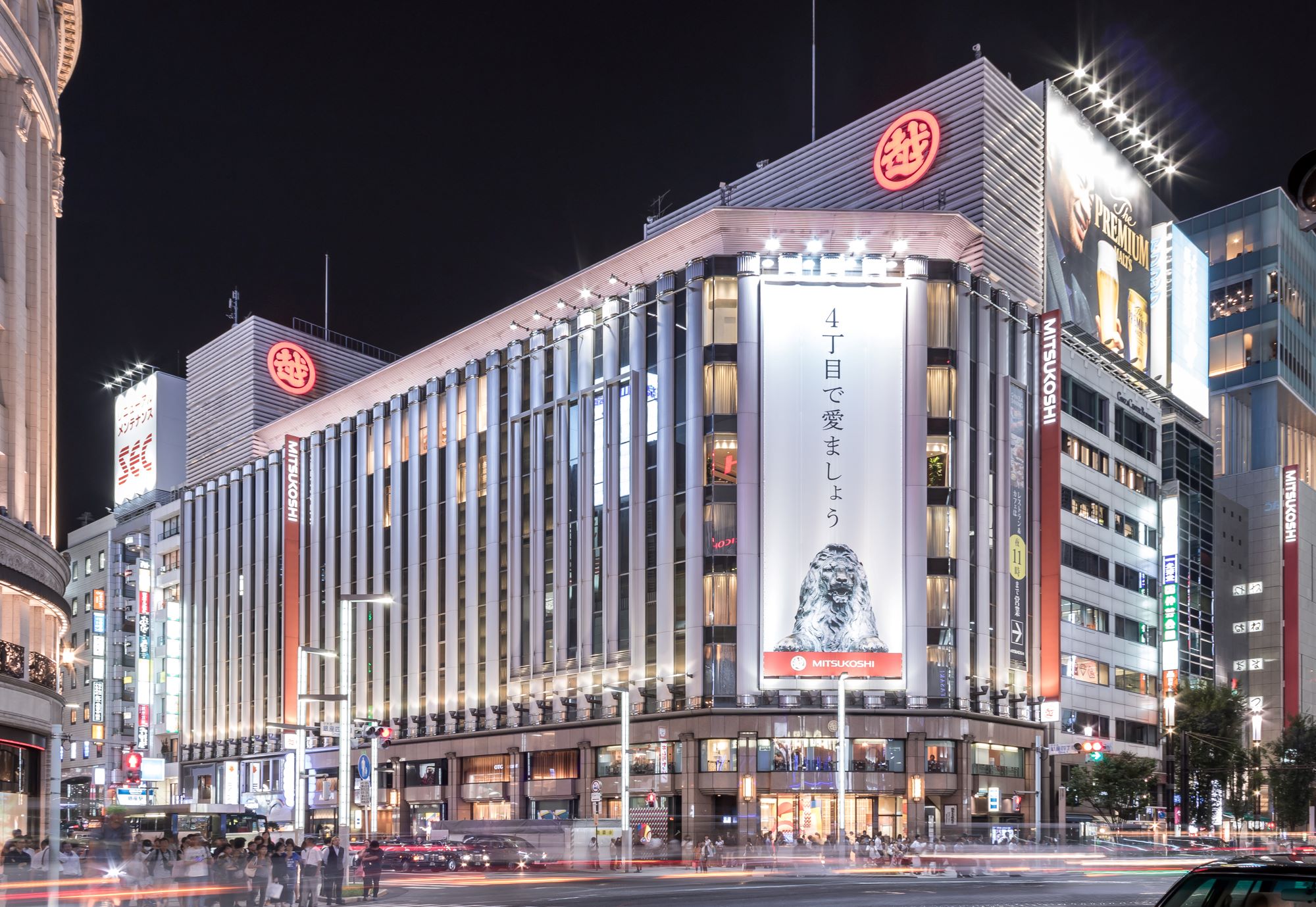
Inside Mitsukoshi: This Japanese Department Store Reinforces Retail Architecture Post Pandemic
Unlike its Western counterparts, Japanese department stores or depāto are not just commercial establishments but also cultural institutions that function to define modern Japanese life.


Often seen as “a dream world”, Japanese department stores provide highly spectacular, sensory spaces with carefully displayed commodities in modern grandiose architecture. Going to the department store was not just a mere functional activity but a pleasurable experience.
An entrée into the bunka seikatsu, or cultured life, The department store offers a new learning process through the cultivation of taste. In effect, a new consumer culture emerged, offering consumers a glimpse of new identities and flexible habitus, a life replete with new possibilities.
Modern Lifestyle and Luxury Experiences
Mitsukoshi, the first modern department store in Japan, built their first flagship building in central Tokyo in 1914, using many of the new architectural technologies of the time.
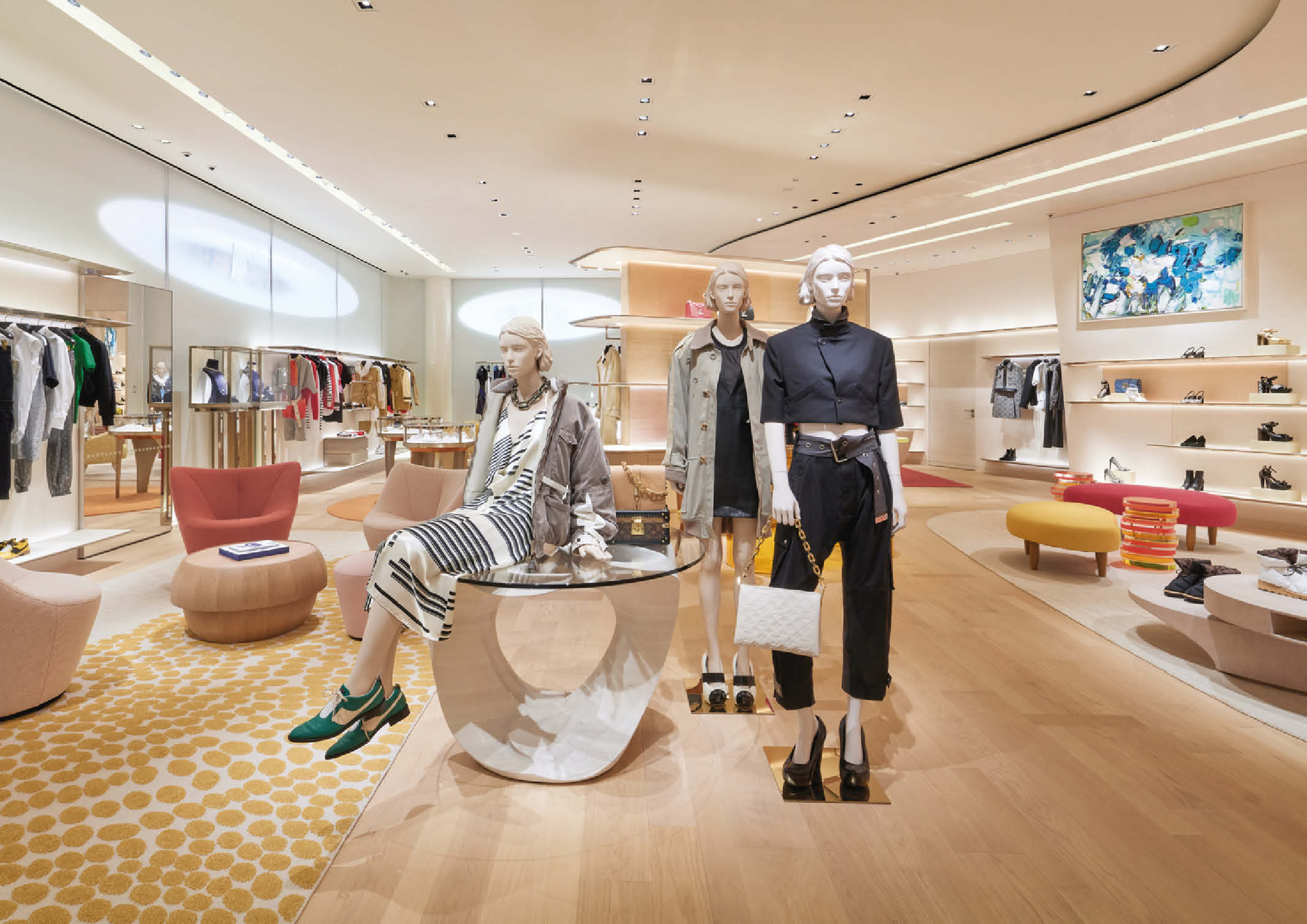
Also Read: Japanese Elements and Modern Design Come Together at Mitsukoshi
Mitsukoshi was also one of the foremost innovators in promoting new ideas of modern lifestyle by establishing a new interior style. Using a model house to carefully display ‘a complete set’ of ready-made items that include furniture, lighting apparatus and tableware, constructing a new kind of sensory pleasure in the aesthetic of space.
This new sensitivity to practical aesthetics using household objects stimulated imagination and enticed consumers in designing their own spaces.

The Underground Culinary Delights of the Depachika
Another characteristic unique to a Japanese Department Store is the depachika, a combination of the words depāto (department store) and chika (basement). A broad display of Japan’s penchant for beautifully arranged foods — aisles of sweets, bento, and omiyage makes it difficult for customers not to purchase anything. The smell of depachika pastries often wafts up the escalator to the first floors, creating a multi-sensorial experience.
A trip to the depachika is akin to visiting a museum, displaying how Japanese culture is entangled in everyday life.
A Synthesis of Relaxation and Activity
Recent designs of commercial spaces have also involve multiple functions, especially in cities where urban development is dense. Parks are being integrated into retail developments stores, creating iconic urban oases and new pedestrian networks; A “multilevel park system” that breaks the urban landscape, reinforcing connection with the environment.
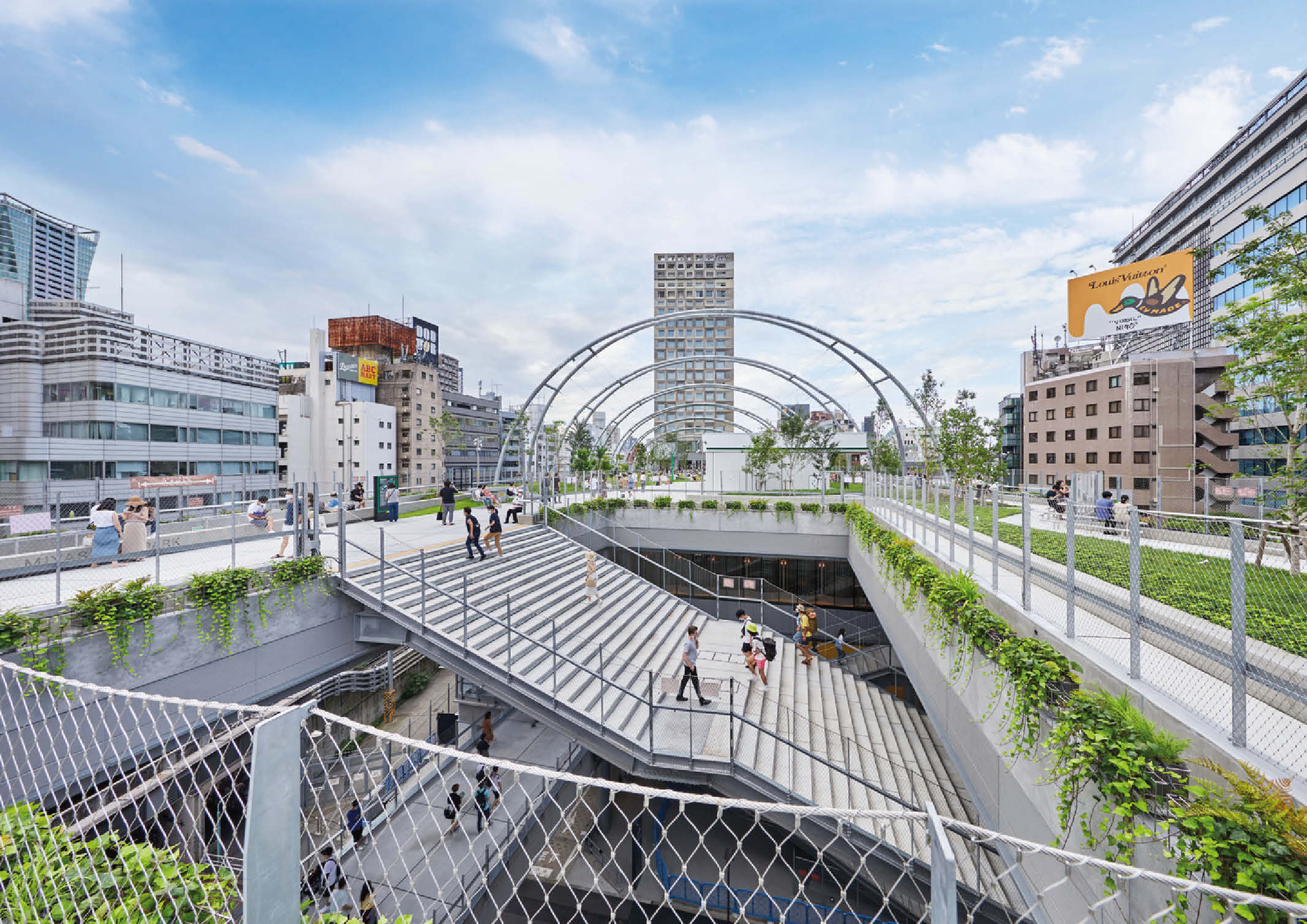
Retail Design in a Post-Pandemic World
Retail developments play an important role for setting spatial quality. These public spaces are set to engage consumers beyond the consumption of goods. But as recent events have turned customers to e-commerce, we need to rethink and reinvent the use of the space.
Human interaction is one thing that digital platforms are yet to match. Thus, retail spaces have the opportunity to connect people with the environment, bringing them back into the foreground of public life.
To stand out, designers must create resilient spaces that take into account the local community and its users; and the Japanese depāto is just one example of how we can create rich experiences and innovate the use of space.
